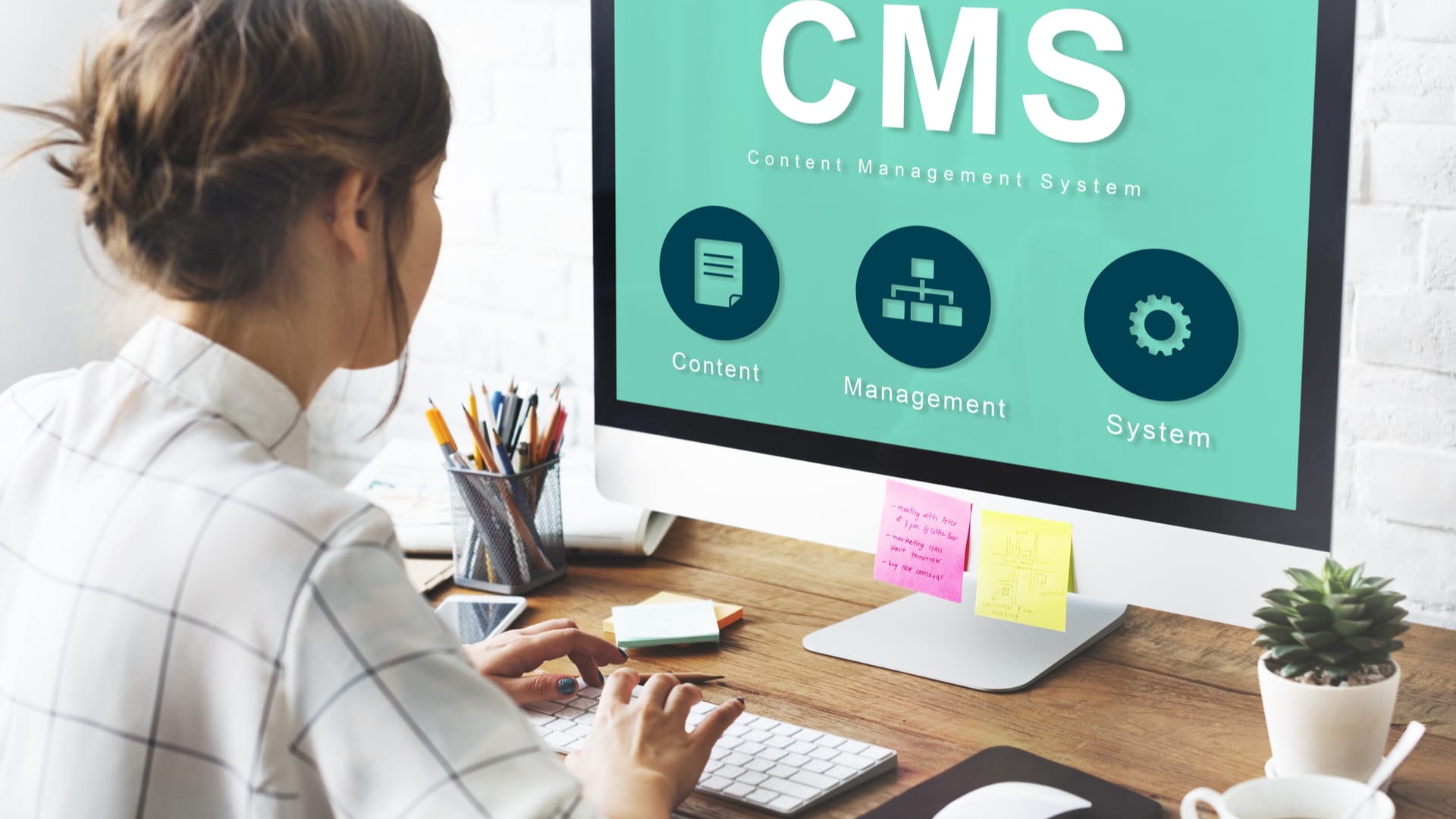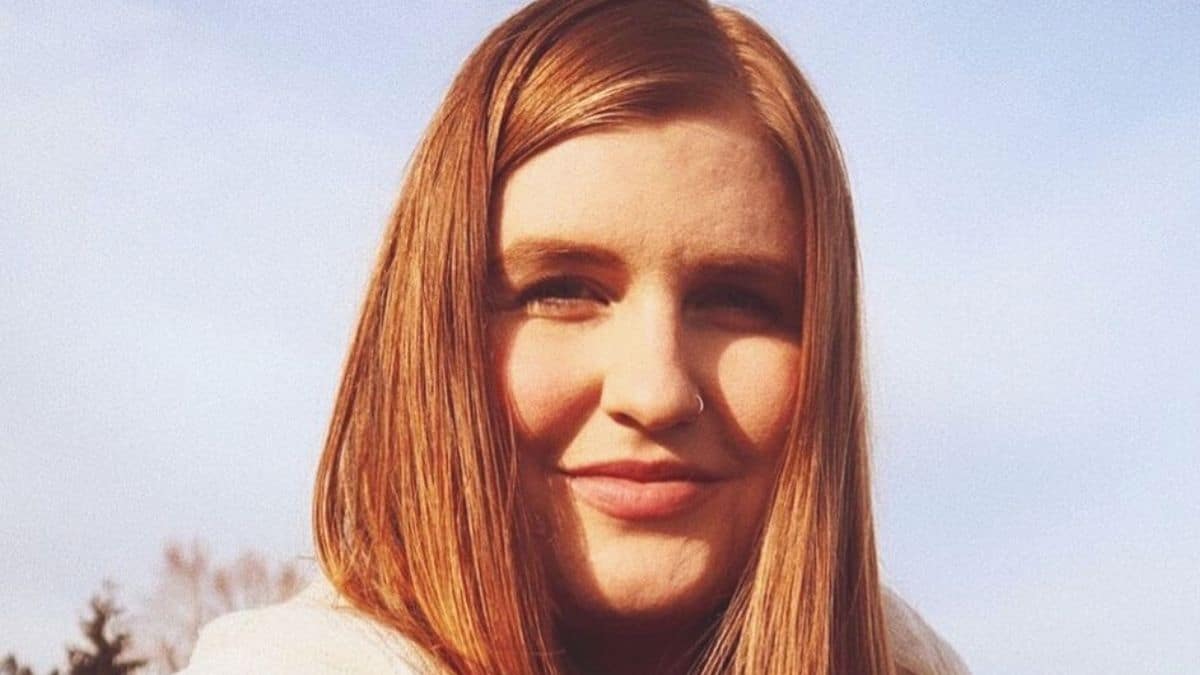Last week, the Biden administration announced it will start canceling student loans for some borrowers starting next month. The cancelation efforts are part of the new SAVE repayment plan, and, if everything goes as planned, they will take effect almost six months ahead of schedule.
This forgiveness is not nearly as generous as Biden’s plan that was quashed last June. To qualify, borrowers must meet multiple qualifications:
- They must be enrolled in the new SAVE plan
- They must have originally borrowed $12,000 or less
- They must have made at least 10 years of payments
The U.S. Department of Education did not say how many people fall into all of these categories, although as of early January, 6.9 million people have signed up for the SAVE plan. There have been ongoing issues with some borrowers being able to enroll in the SAVE plan through no fault of their own that might delay the process.
“It’s part of our ongoing efforts to act as quickly as possible to give more borrowers breathing room so they can get out from under the burden of student loan debt, move on with their lives and pursue their dreams,” Biden said about the forgiveness.
Biden announced the new SAVE plan in 2022 and borrowers were able to sign up starting last year. A new type of income-driven repayment (IDR), the plan is meant to be more generous and less onerous than other federal student loan repayment paths. For example, while other IDR plans require 20 to 25 years of payments before the remainder of loans are forgiven, the SAVE plan limits it at 10 years. And because of the formula it uses to calculate monthly payments, it will be cheaper for many enrollees (including lowering the monthly bill to $0 for far more borrowers).
The Biden administration also said that those enrolled in the new plan who have made 10 years of repayments should qualify for forgiveness. Right now, it is starting to cancel the loans for those who took out less than $12,000, which it says will primarily benefit those who attended community college. Eventually, those who took out more but otherwise qualify will also have their balance forgiven. (Each $1,000 borrowed beyond $12,000 adds an additional year of payment to the 10 years, capped at 20 years for undergraduate loans and 25 years for graduate loans.)
Borrowers who qualify for the SAVE forgiveness do not need to do anything to receive it, according to a press release; the department will notify them once the loans are discharged. The Education Department says it is proactively reaching out to people via email who it thinks would benefit from the SAVE plan, including those who would already qualify for forgiveness.
Of the almost 7 million people who have signed up for the SAVE plan, 3.9 million are paying $0 a month, and the average borrower with a payment is paying $117 less each month than they would pay under a different repayment path, according to the Education Department.
That said, moving forward the date for forgiveness could come with a slew of potential administrative problems borrowers will have to watch out for. Servicers are already struggling to give borrowers accurate payment information; this could compound the issues. The Consumer Financial Protection Bureau recently reported that hundreds of thousands of borrowers applying for the SAVE program were waiting for more than a month for their applications to be processed, among other issues. The Biden administration has started penalizing servicers for the backlog.
Future forgiveness efforts
The SAVE plan is just one avenue the Biden administration is exploring for forgiveness. Another major effort is the “Plan B” for Biden’s initial mass forgiveness plan, and would provide broader debt relief through the regulatory process.
Experts say far fewer borrowers will likely qualify for a new plan—one of the issues with Biden’s initial plan, according to the Supreme Court, was how far-reaching it was, potentially forgiving debt for 90% of federal borrowers. The new plan is focused on five groups of borrowers: those whose current balance is larger than what they originally borrowed; those who have been repaying their loans for over 25 years; those who attended questionable institutions; those who already qualify for relief (like under the Public Service Loan Forgiveness program) but have not applied; and those who are experiencing financial hardship.
If this relief comes to pass, it is still months away due to the regulatory process. Those interested in following the relief’s status can do so on the Education Department’s website.
Additionally, the president has made efforts to reform the Public Service Loan Forgiveness system and IDR system over the past four years, forgiving debt for many of those borrowers. The administration has also worked to forgive debt for disabled borrowers and those who were defrauded by their institutions. In all, almost $132 billion for more than 3.6 million borrowers has been forgiven since Biden took office, according to the Education Department.
























































![Social Media Spring Cleaning [Infographic] Social Media Spring Cleaning [Infographic]](https://imgproxy.divecdn.com/9e7sW3TubFHM00yvXe5zvvbhAVriJiGqS8xmVFLPC6s/g:ce/rs:fit:770:435/Z3M6Ly9kaXZlc2l0ZS1zdG9yYWdlL2RpdmVpbWFnZS9zb2NpYWxfc3ByaW5nX2NsZWFuaW5nMi5wbmc=.webp)
![5 Ways to Improve Your LinkedIn Marketing Efforts in 2025 [Infographic] 5 Ways to Improve Your LinkedIn Marketing Efforts in 2025 [Infographic]](https://imgproxy.divecdn.com/Hv-m77iIkXSAtB3IEwA3XAuouMwkZApIeDGDnLy5Yhs/g:ce/rs:fit:770:435/Z3M6Ly9kaXZlc2l0ZS1zdG9yYWdlL2RpdmVpbWFnZS9saW5rZWRpbl9zdHJhdGVneV9pbmZvMi5wbmc=.webp)












![Local SEO Ranking Factors [Infographic] Local SEO Ranking Factors [Infographic]](https://www.socialmediatoday.com/imgproxy/Rf1V9KKdNQJbfVNLp68ZEqI9zdZ7RXLw9EHQMGyVbdA/g:ce/rs:fill:700:17601:0/bG9jYWw6Ly8vZGl2ZWltYWdlL2xvY2FsX3Nlb19yYW5raW5nX2ZhY3RvcnMxLnBuZw.png)
